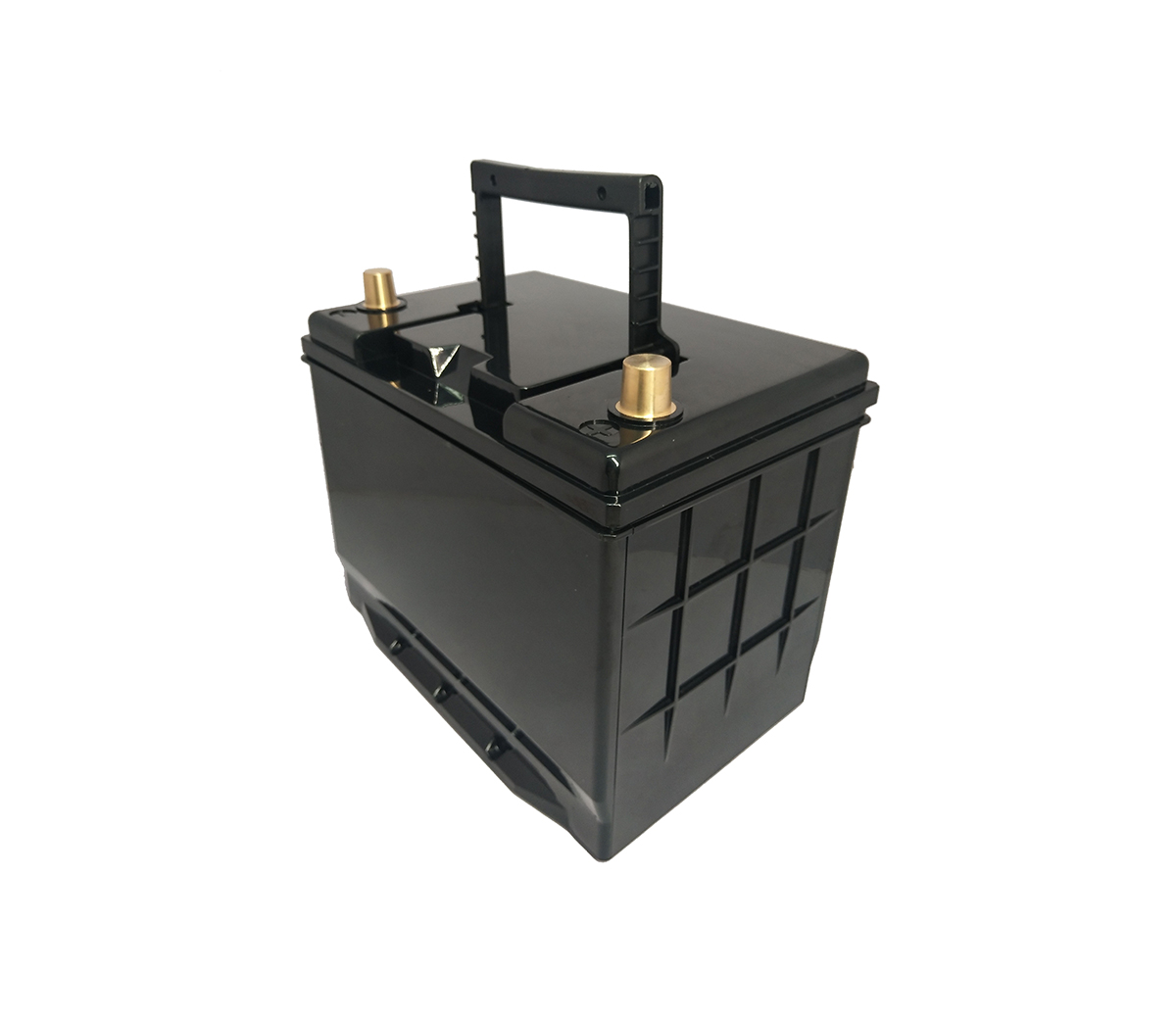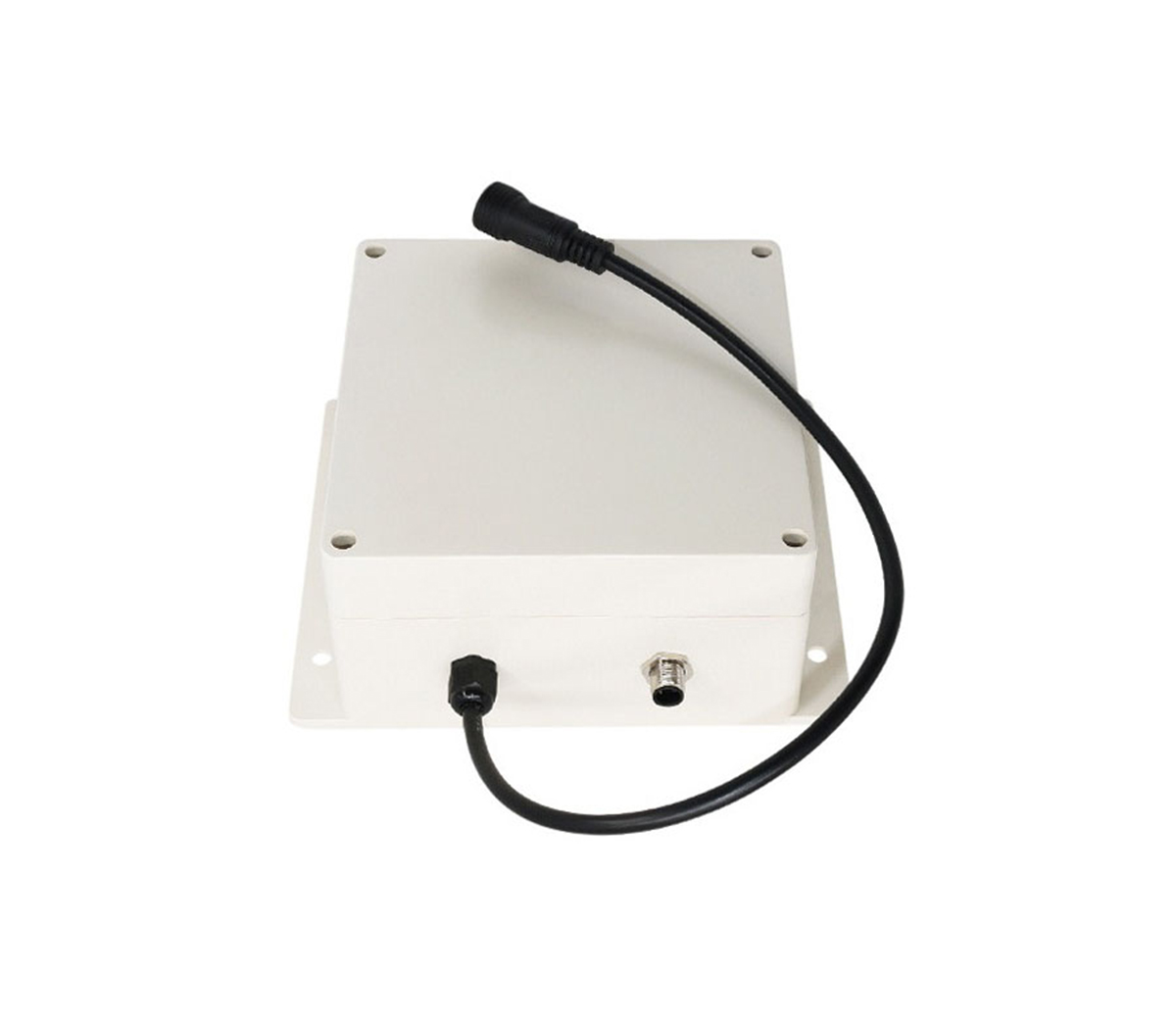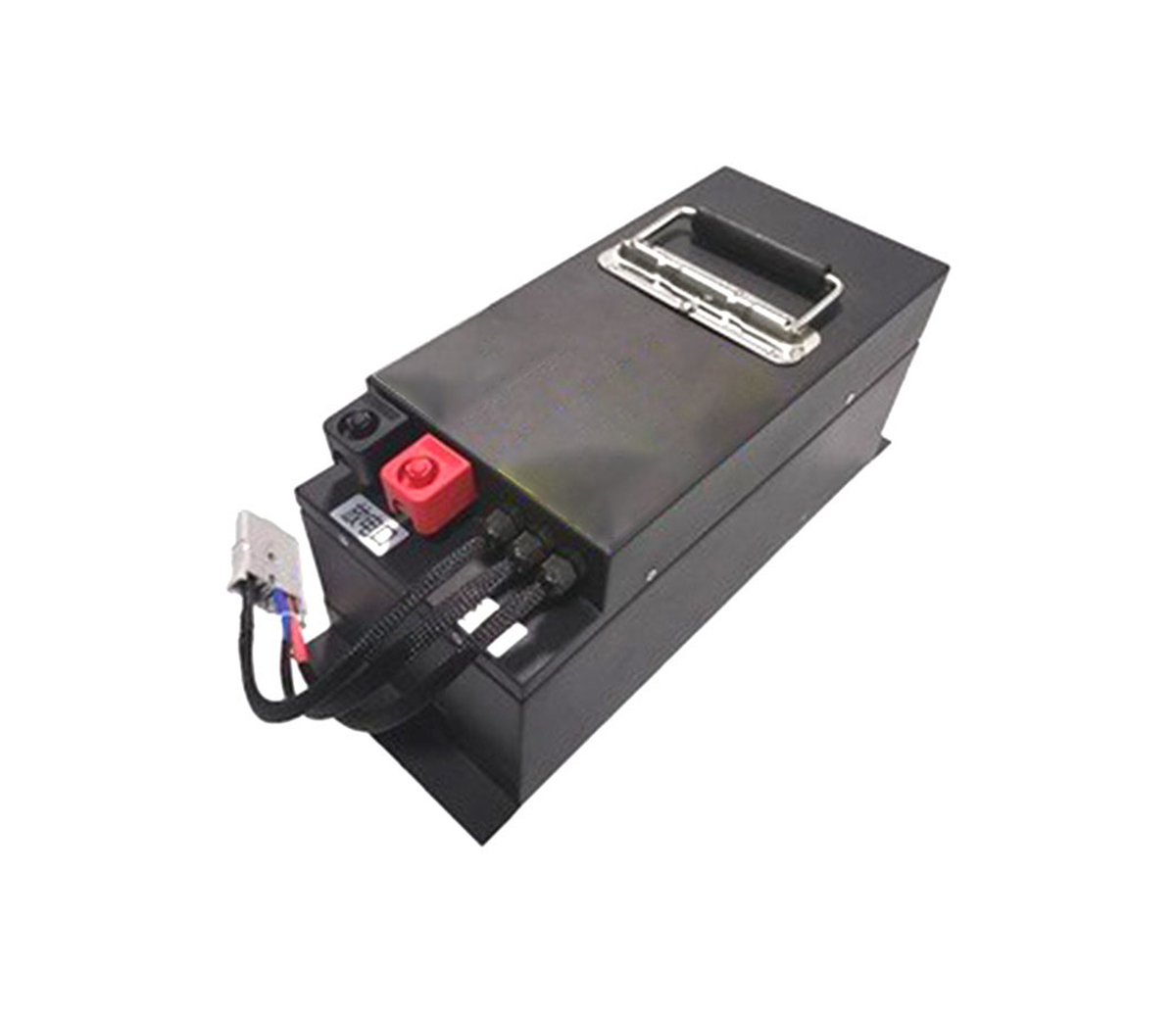Discussion and analysis of polymer lithium ion battery technology
Energy and the environment are two serious problems that human beings must
face when entering the 21st century. The development of new energy and clean and
renewable energy is one of the most decisive technological fields in the world
economy in the future. Lithium-ion battery has developed extremely fast since
its inception. This is because it just meets the requirements of the rapid
development of mobile communications and notebook computers for power supply
miniaturization, light weight, long working time, long life, no memory effect,
and no pollution to the environment. . The replacement of liquid electrolytes
with polymer solid electrolytes to manufacture polymer lithium-ion batteries is
a major advancement in lithium-ion batteries. Its main advantage is that it has
high reliability and The desire for a thin and high degree of freedom battery
has been realized.
1. Structural characteristics of lithium-ion batteries The positive and
negative active materials of lithium-ion batteries are both intercalation
compounds. Li+ is removed from the positive electrode during charging and
inserted into the negative electrode through the electrolyte; the opposite is
true when discharging. The charging and discharging process of the battery is
actually Li+ in both The process of embedding and detaching the electrodes back
and forth, so this battery is also called "Rocking Chair Battery" (Rocking Chair
Batteries, abbreviated as RCB). The reaction schematic diagram and basic
reaction formula are as follows:
2. Polymer lithium ion battery technology 2.1 Performance characteristics
of polymer lithium ion battery Polymer lithium ion battery refers to a
lithium ion battery using solid polymer electrolyte (SPE) as the electrolyte.
The battery consists of a positive electrode current collector, a positive
electrode film, a polymer electrolyte membrane, a negative electrode film, and a
negative electrode current collector. The composite film is formed by pressing
and encapsulating the aluminum-plastic composite film, and the edges are
heat-melted and sealed to obtain a polymer lithium ion battery. Since the
electrolyte membrane is solid, there is no leakage problem, and the battery
design has a large degree of freedom. It can be connected in series and parallel
or adopt a bipolar structure as required. Polymer lithium-ion batteries have the
following characteristics: ① shaping flexibility; ② higher mass specific energy
(3 times that of MH-Ni batteries); ③ wide electrochemical stability window, up
to 5V; ④ perfect safety and reliability; ⑤Longer cycle life, less capacity loss;
⑥High volume utilization; ⑦Wide application areas. Its working performance
indicators are as follows: working voltage: 3.8V; specific energy: 130Wh/kg,
246Wh/L; cycle life: >300; self-discharge: <0.1%/month; working
temperature: 253-328K; charging speed: 1h up 80% capacity; 3h to reach 100%
capacity; Environmental factors: non-toxic. 2.2 The characteristics and price of
the positive electrode material of lithium ion batteries are closely related to
its positive electrode material. Generally speaking, the positive electrode
material should meet: (1) Within the required charge and discharge potential
range, it has electrochemical compatibility with the electrolyte solution; ⑵
Mild electrode process dynamics; ⑶ Highly reversible; ⑷ Good stability in the
air under full lithium state. With the development of lithium-ion batteries,
research work on high-performance and low-cost cathode materials is constantly
being carried out. At present, research is mainly focused on lithium transition
metal oxides such as lithium cobalt oxide, lithium nickel oxide and lithium
manganese oxide [1] (see Table 1). Table 1 Comparison of three main cathode
materials for lithium-ion batteries
Lithium Cobalt Oxide (LiCoO2) belongs to the α-NaFeO2 type structure with a
two-dimensional layered structure, which is suitable for the deintercalation of
lithium ions. Due to its simple preparation process, stable performance, high
specific capacity, and good cycle performance, most of the current commercial
lithium-ion batteries use LiCoO2 as the cathode material. Its synthesis methods
mainly include high-temperature solid-phase synthesis and low-temperature
solid-phase synthesis, as well as soft chemical methods such as oxalic acid
precipitation method, sol-gel method, cold and heat method, and organic mixing
method. Lithium Nickel Oxide (LiNiO2) is a rock salt structure compound with
good high temperature stability. Due to the low self-discharge rate, low
requirements for electrolyte, no pollution to the environment, relatively
abundant resources and reasonable price, it is a promising cathode material to
replace lithium cobalt oxide. At present, LiNiO2 is mainly synthesized by
solid-phase reaction of Ni(NO3)2, Ni(OH)2, NiCO3, NiOOH and LiOH, LiNO3 and
LiCO3. The synthesis of LiNiO2 is more difficult than LiCoO2. The main reason is
that the stoichiometric LiNiO2 is easily decomposed into Li1-xNi1+xO2 under high
temperature conditions. The excess nickel ions are in the lithium layer between
the NiO2 planes, which hinders the diffusion of lithium ions. It will affect the
electrochemical activity of the material, and because Ni3+ is more difficult to
obtain than Co3+, the synthesis must be carried out in an oxygen atmosphere
[2]. Lithium manganese oxide is a modification of traditional positive
electrode materials. The spinel-type LixMn2O4 is currently more widely used. It
has a three-dimensional tunnel structure and is more suitable for the
deintercalation of lithium ions. Lithium manganese oxide has abundant raw
materials, low cost, no pollution, overcharge resistance and better thermal
safety. It has relatively low requirements for battery safety protection
devices, and is considered to be the most promising cathode material for lithium
ion batteries. The dissolution of Mn, the Jahn-Teller effect, and the
decomposition of the electrolyte are considered to be the main reasons for the
capacity loss of lithium-ion batteries with lithium manganese oxide as the
cathode material. 2.3 Solid polymer electrolyte The solid material that conducts
current by ions is usually called solid electrolyte. It includes three types:
crystal electrolyte, glass electrolyte and polymer electrolyte. Among them, the
solid polymer electrolyte (SPE) is light in weight and easy to form a film. ,
Good viscoelasticity and other advantages, can be used in batteries, sensors,
electrochromic displays and capacitors. The use of SPE in lithium ion batteries
can eliminate the problem of easy leakage of liquid electrolyte, replace the
separator in the battery, suppress the generation of dendrites on the electrode
surface, reduce the reaction activity of the electrolyte and the electrode,
increase the specific energy of the battery, and make the battery resistant It
has the advantages of low pressure, impact resistance, low production cost and
easy processing. "The conventional solid polymer electrolyte (SPE) is composed
of a polymer and a lithium salt, and it is an electrolyte system formed by
dissolving the lithium salt in the polymer. Generally, polymers containing polar
groups such as oxygen, nitrogen and sulfur that can coordinate with Li+ in the
molecular chain can be used to form this type of system, such as: polyethylene
oxide (PEO), polypropylene oxide, and polyoxyheterocycles Butane,
polyethyleneimine, poly(N-propyl-1 aziridine), polysulfide alkylene, etc. As a
stearic acid, Li+ tends to interact with hard bases, so the solubility of
lithium salt in polymers containing nitrogen and sulfur polar groups is lower
than in polymers containing oxygen polar groups, and the conductivity (σ) It is
very low and has no practical meaning; the conformation of PEO molecule is more
conducive to the formation of multiple coordination with cations than other
polyether molecules, can dissolve more lithium salt, and exhibit good electrical
conductivity. Therefore, the PEO+lithium salt system becomes SPE The earliest
and most extensively studied system in China. However, the σ room temperature of
conventional solid polymer electrolyte (SPE) is usually less than 10-4S·cm-1. In
order to meet the requirements of lithium-ion batteries, adding to the
polymer/salt system can promote the dissociation of lithium salt and increase
the free volume of the system. The plasticizer that fractions and lowers its
glass transition temperature (Tg) can obtain a gel SPE with a σ room temperature
greater than 10-3S·cm-1. Plasticizers are generally organic solvents with high
dielectric constant, low volatility, compatibility with polymer/salt complexes,
and stability to electrodes. Such as ethylene carbonate (EC), propylene
carbonate (PC), dimethyl carbonate, N-methylpyrrolidone, sulfolane,
γ-butyrolactone, etc. Commonly used lithium salts are LiPF6, LiN (SO2CF3) and so
on. Using XRD, DSC and AC impedance testing methods, the factors that affect
the conductivity of the polymer were discussed preliminarily. ⑴The influence of
the concentration of lithium salt on the conductivity When the concentration
of lithium salt is low, the conductivity of the polymer electrolyte is
relatively low, only on the order of 10-8. In the process of the gradual
increase of the lithium salt concentration, due to the increase of the
current-carrying ion concentration, the conductivity also increases; and when
the salt concentration continues to increase, the high ion concentration leads
to the interaction between the ions. Enhancement reduces the mobility of
current-carrying ions, resulting in a decrease in conductivity. ⑵The
relationship between the plasticizer concentration and Tg As the plasticizer
increases, the glass transition temperature of the polymer electrolyte gradually
decreases, which accelerates the segment movement of the polymer electrolyte at
room temperature, so its conductivity also increases. Increase. Although the
increase in the concentration of the plasticizer greatly improves the
conductivity of the polymer electrolyte, it also reduces the self-branching
film-forming properties and mechanical strength of the polymer electrolyte
membrane. If the prepolymer, plasticizer and lithium salt are blended, light or
heat is used to initiate the polymerization reaction to form a gel SPE with a
network structure through chemical bonds, so that the obtained SPE not only has
good mechanical properties, but also inhibits the polymer Crystallization
increases the content of plasticizer in SPE, and SPE with high σ can be
obtained. 2.4 Anode material The capacity of lithium ion battery depends to a
large extent on the amount of lithium inserted in the anode, and its anode
material should meet the following requirements: (1) The electrode potential
changes little during the process of lithium extraction, and is close to metal
lithium; High specific capacity; (3) Higher charge and discharge efficiency; (4)
High diffusion rate of Li+ in the interior and surface of the electrode
material; (5) Higher structure, chemical and thermal stability; (5) Low price
and easy preparation. The current research work on anode materials for
lithium-ion batteries is mainly focused on carbon materials and other metal
oxides with special structures. The general method of preparing negative
electrode materials is as follows: ① Heating soft carbon at a certain high
temperature to obtain highly graphitized carbon; ② Decomposing cross-linked
resin with special structure at high temperature to obtain hard carbon; ③
Preparation of organic matter and polymer by high temperature thermal
decomposition Hydrogen-containing carbon. The difficulty that carbon anode
materials have to overcome is the problem of capacity cycle attenuation, that
is, irreversible capacity loss due to the formation of a solid electrolyte phase
interface film (Solid Electrolyte Interphase, SEI for short). Therefore, the
preparation of high-purity and regular microstructure carbon anode materials is
a development direction. The mechanism of various metal oxides is similar to
that of cathode materials, and the main research direction is to obtain metal
oxides with new structures or composite structures.


































